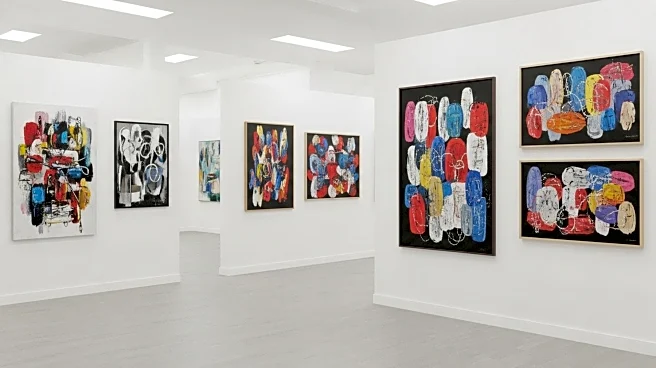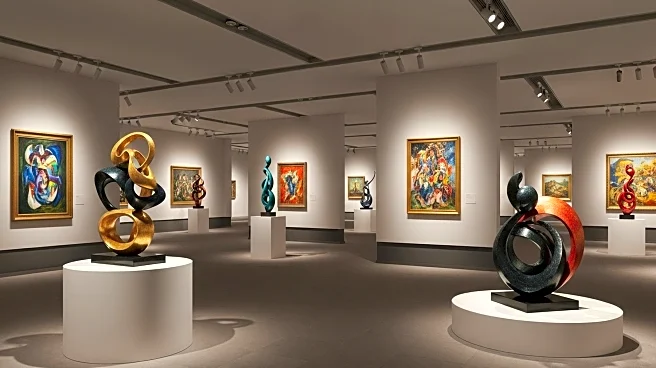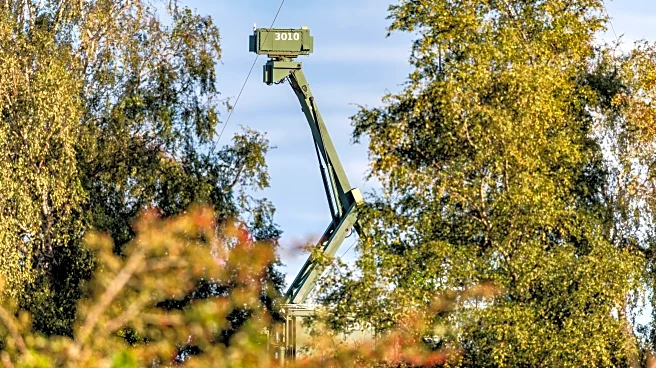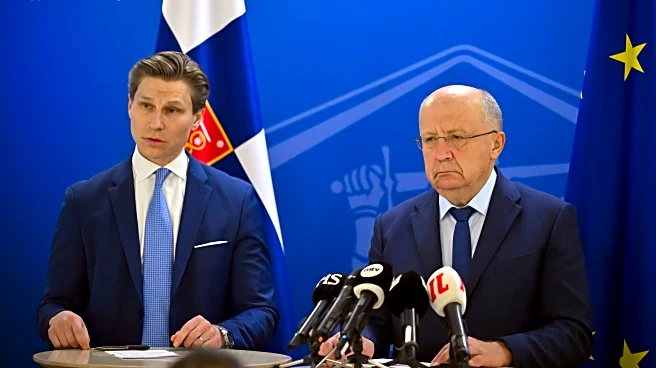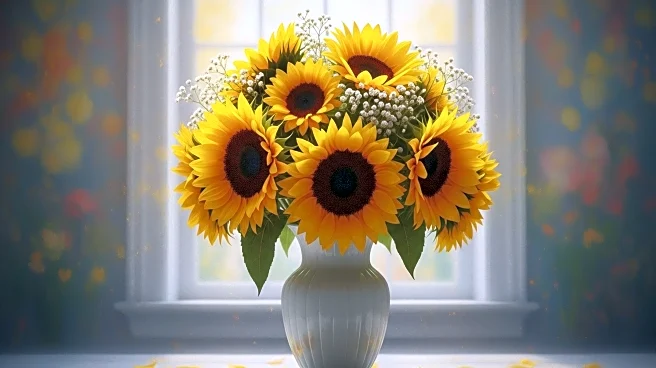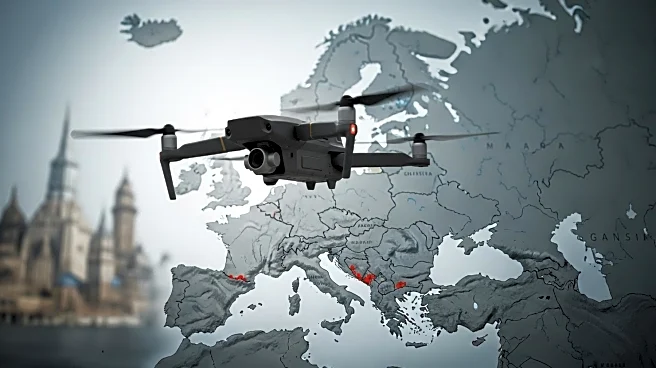What's Happening?
ArtVilnius, the Baltic region's leading contemporary art fair, is showcasing the dynamic collecting culture of Lithuania, Latvia, and Estonia. The 16th edition of the fair, held at Litexpo in Vilnius, features 81 contemporary art galleries and institutions, including notable names like Galerie Nivet-Carzon from Paris and Foreign Territory from New York. The event, running from October 2-5, 2025, offers a unique opportunity to explore private and institutional collections from the Baltic region. Diana Stomienė, founder and director of ArtVilnius, emphasizes the growing interest in art collecting, with galleries and institutions preparing unexpected collections for public viewing. The fair includes the Project Zone, spotlighting collections from the Baltic states, and ArtVilnius Talks, aimed at expanding international visibility for Baltic galleries.
Why It's Important?
ArtVilnius plays a significant role in promoting the Baltic region's art scene on a global stage. By focusing on the region's collecting culture, the fair highlights the evolving practices in art acquisition and appreciation. This emphasis on collecting not only boosts the visibility of Baltic artists but also encourages investment in the arts, potentially leading to increased economic activity in the region. The fair's discussions on the importance of buying artworks from galleries and the role of female collectors reflect broader trends in the art market, influencing how art is valued and preserved. As ArtVilnius continues to grow, it strengthens the cultural ties between the Baltic states and the international art community.
What's Next?
ArtVilnius is expected to continue its expansion, attracting more international galleries and collectors in future editions. The fair's focus on collecting culture may inspire similar initiatives in other regions, fostering a global dialogue on art acquisition and preservation. As the Baltic art scene gains recognition, local artists and galleries may experience increased opportunities for collaboration and exhibition abroad. The discussions and exhibitions at ArtVilnius could lead to new partnerships and projects, further integrating the Baltic states into the global art market.
Beyond the Headlines
The emphasis on collecting culture at ArtVilnius raises important questions about the ethical and cultural dimensions of art acquisition. As private and institutional collections become more accessible, issues of provenance and the representation of diverse voices in art may come to the forefront. The fair's focus on female collectors and the younger generation's interests highlights shifts in societal values and the democratization of art ownership. These developments could lead to long-term changes in how art is curated and displayed, influencing cultural narratives and historical interpretations.

